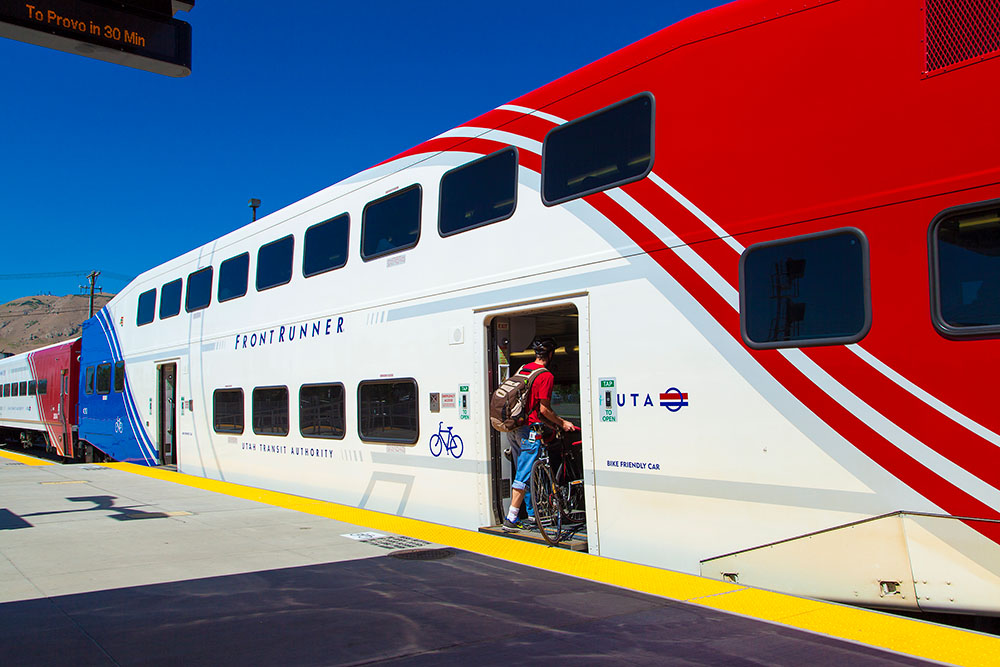
Utah Creates Reinvestment Zones
Since 1980, Utah’s population has more than doubled, increasing from 1.5 million residents to over 3.3 million in 2020. That growth is expected to continue, with the population projected to reach 5.3 million by 2050. To help address the financial challenges that will accompany this growth, Utah passed two pieces of legislation allowing for creation of reinvestment zones, a form of value capture that can provide revenue to support the long-term costs associated with housing and transportation projects.
In 2018, Utah became the second State (after Texas) to adopt a bill allowing transportation reinvestment zones (TRZs). In 2021, Utah became the first State to adopt a companion bill allowing for the creation of housing and transit reinvestment zones (HTRZs). Together, the two pieces of legislation allow for areas within the State where two or more public agencies can establish an interlocal agreement to capture increased property or sales tax revenue generated by a transportation infrastructure project.

Utah municipalities can create HTRZs to capture tax increment revenue around certain public transit facilities, such as the State’s 15 FrontRunner commuter rail stations.
Credit: Ricardo630, CC BY-SA 3.0, via Wikimedia CommonsBoth pieces of legislation resulted from extensive collaboration and deliberation among Utah’s transportation agencies (Utah Department of Transportation, Utah Transit Authority); the State’s metropolitan planning organizations (MPOs), including the Wasatch Front Regional Council; cities and counties; key public and private sector stakeholders; and legislative champions.
Transportation Reinvestment Zones
TRZs are designed to generate revenue for road and transit projects, stimulate well-planned development coordinated with transportation, encourage collaboration across city and county boundaries, and encourage coordination between municipalities and transportation agencies.
To be eligible for a TRZ, transportation projects must be a part of Utah’s Unified Transportation Plan or a local general plan. Proposed projects can provide funding for improvements including a State or local highway, public transportation facility or nonmotorized transportation facility, or parking facilities that support intermodal regional transportation.
To establish a TRZ, Utah’s public agencies must follow a specific process. The steps include defining the transportation need, proposed improvements, and boundaries of the zone; establishing a base year to calculate the increase of property tax revenue within the zone; and establishing the terms for sharing any increase in property or sales tax revenue within the zone.
To help with development and construction costs, the anticipated revenue collected can be paired with bonding, revolving loans, or other funding associated with project costs to address gaps in the timing of the capital expenditure and revenue generation.
Housing and Transit Reinvestment Zones
Utah’s Housing and Transit Reinvestment Zone Act allows municipalities to create HTRZs to capture tax increment revenue around certain public transit facilities. This builds on the existing TRZ legislation, enabling municipalities to create mixed-use, multifamily, and affordable housing developments within a one-third mile radius of the State’s 15 Utah Transit Authority FrontRunner commuter rail stations.
The HTRZ approach is aimed at helping alleviate the housing affordability crisis along the Wasatch Front, the State’s most populous urbanized area. The legislation is intended to improve existing and planned transit infrastructure and investment, as well as encourage transit-oriented development through tax increment financing and integrated city and agency planning.
Similar to the TRZ legislation, the HTRZ enables a portion of incremental tax revenue growth to be captured over a period of time to support housing and other development costs. The State intends for the HTRZs to promote the use of public transportation, increase affordable housing availability, help conserve water, improve air quality by reducing fuel consumption, encourage mixed-use development and investment in transportation and transit, use strategic land and municipal planning in major transit investment corridors, and increase access to employment and educational opportunities.
Comparing Funding: TRZs versus HTRZs
A few fundamental differences exist between TRZs and HTRZs. HTRZs are created by a single municipality, but the creation is overseen and approved by a committee that includes affected taxing entities, county officials, MPOs, the transit district, the State DOT, the governor’s economic development office, and education entities.
TRZs are multijurisdictional and governed by an interlocal agreement that includes municipalities and transportation agencies to ensure alignment on project funding, financing, timing, and design. The shared structure between public agencies is designed to enable equity in revenue generation and distribution.
Benefits Beyond Transportation
During FHWA’s value capture webinar series, Andrew Gruber, executive director of the Wasatch Front Regional Council, noted that TRZs and HTRZs are tools that Utah has created to help implement what the State’s Unified Transportation Plan contemplates is needed, but they are about more than transportation.
“TRZs and HTRZs are not just tools for building transportation, by definition, they get to the relationship between transportation, land use, housing, and economic development,” said Gruber. “By coordinating land use with transportation, you can develop terrific communities centered around transportation, which is very helpful as you’re absorbing growth and then capitalizing on that growth.”
EDC Outtakes: Value Capture
In this EDC Outtake, Rafael Aldrete, Senior Research Scientist for the Texas A&M Transportation Institute, discusses the importance of choosing the right project for value capture and how the program has gained public acceptance in his State as a means to raise revenue for projects without raising taxes.
—MORE INFORMATION
Read about Utah’s reinvestment zones on the Spotlights on Value Capture Strategies in Practice webpage.
Listen to presentations from Utah and other States as part of FHWA’s value capture webinar series.
Contact Thay Bishop or Stephan Natzke of FHWA’s Center for Innovative Finance Support for details on value capture tools.
Notice: The U.S. Government does not endorse products or manufacturers. Trademarks or manufacturers’ names appear in this article only because they are considered essential to the objective of the document.
Recommended Citation: U.S. Department of Transportation, Federal Highway Administration - Washington, DC (2021) Innovator Newsletter, January/February 2022, Volume 15 (88). https://doi.org/10.21949/1521806



